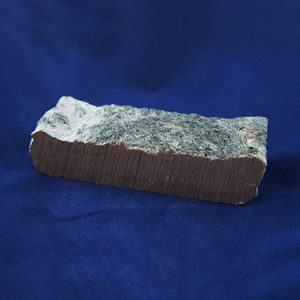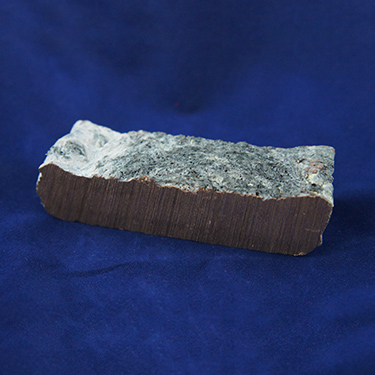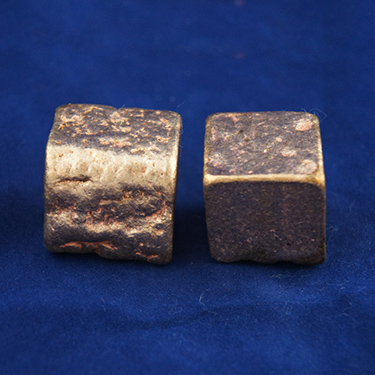Working with various copper, pure copper and nickel-based alloys allow for manufacturers to create end products for customers and the necessary components for their operations. However, one issue that companies experience is alloy quality during the melting and casting process. When copper and nickel-based alloys are melted, oxygen becomes introduced into the alloys from the…
Featuring 2% Lithium Copper for use as a deoxidizer and degasifier for copper and nickel-base alloys in a variety of forms
Belmont 2% Lithium Copper has gained recognition in recent years as one of the best deoxidizers and degasifiers for pure copper and copper and nickel-based alloys. It is especially useful for pure copper castings since it does not reduce conductivity. Other deoxidizers reduce conductivity drastically. The production of copper castings with well over 90% conductivity is possible when the proper melting and deoxidation procedures are used.
Belmont 2% Lithium Copper is a solid piece of metal in alloy form which readily dissolves In the molten metal without reaction or disturbance. This is not always the case with pure Lithium encased in a copper cartridge or tube, which may pick up moisture.
Applications:
2% Lithium Copper is used to eliminate gas holes, porosity and metal oxides while providing the added benefit of increased fluidity.
Forms:
1 Lb. Pcs. ( 1” x 1” x 4” ) , 3 – 4 Oz. Polished Pcs.
Read More
Showing all 4 results
Featured products
-
Lithium has the advantage of being able to combine with both oxygen and hydrogen. Used on its own, Lithium will be more of a deoxidizer. Used in a “duplex treatment”, deoxidizing first, then Lithium can be considered a degasifier now available to be a scavenger for hydrogen and other unwanted gasses. Forms: - 1 Lb. Pcs. 1" X 1" x 4"
- 3-4 Oz. Polished Pieces
- 1" x 6" x 12" Slabs
Belmont Product Code 4981 Nominal Composition: - 98% Cu
- 2% Li
RELATED POSTS

Bring out the best
Master alloys help copper shine Red metals have played an important role in many cultures, including those of the ancient Egyptians and Romans, who crafted tools, cookware, dishes, mirrors and razors out of copper. Modern uses for copper include electrical, heating/cooling applications, fluid handling and plumbing applications, as well as an increasing demand for the…

Controlling composition using Master Alloys
Create materials that meet specific needs by adding master alloys to the mix It’s important to choose the right materials for a job. Using inferior or unsuitable materials can make completing a project more difficult or even derail it entirely. In the metals industry, combinations of metals, called alloys, are generated to meet the specific…




